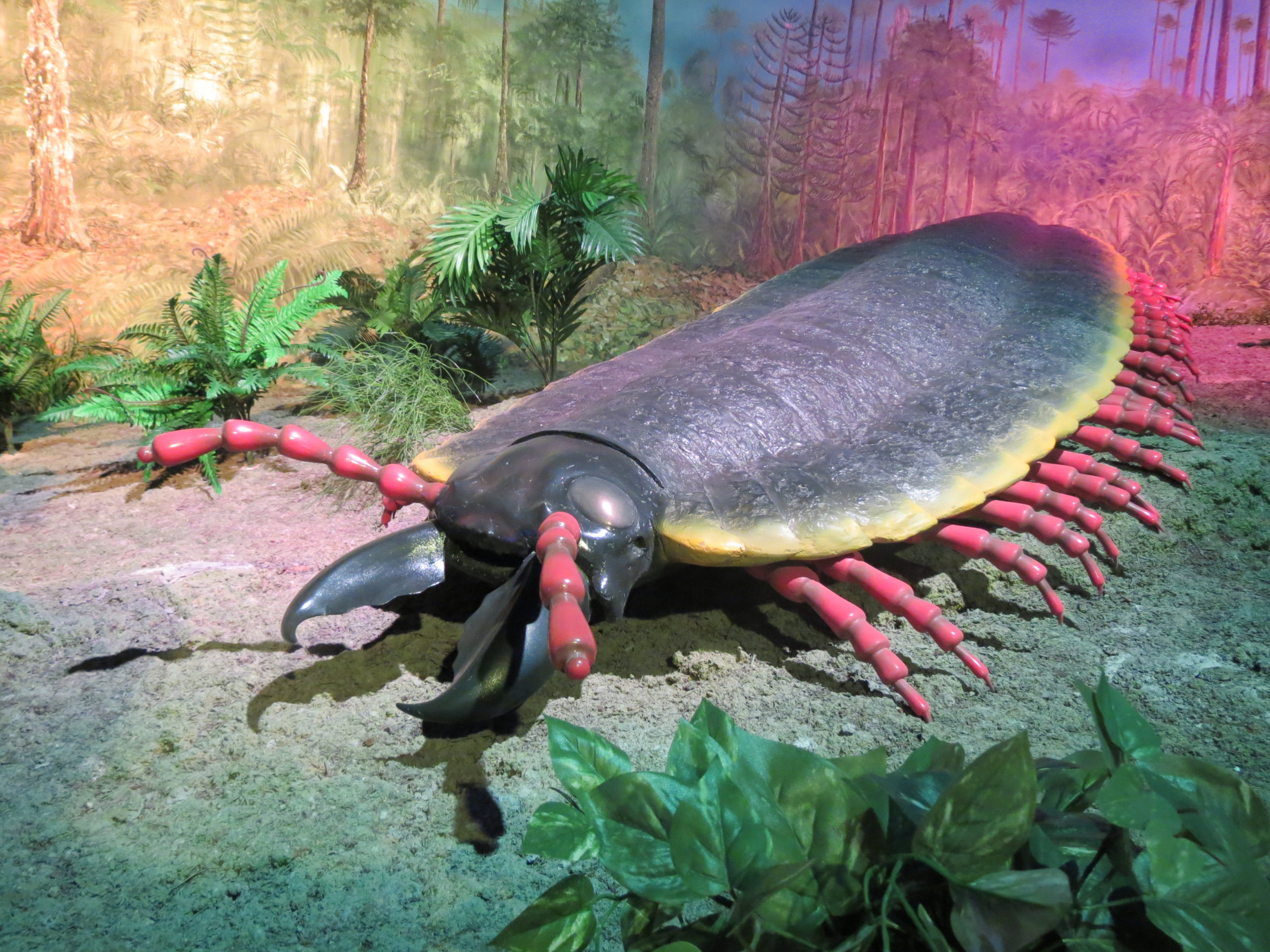In a remarkable journey spanning two centuries, scientists from the University of Wisconsin–Madison and Lund University have unlocked the genetic secrets of the fruit fly, scientifically known as Drosophila melanogaster. These tiny insects, initially collected by early naturalists, including Carl Fredrik Fallén and Johan Wilhelm Zetterstedt, have become essential in studying genetics. In a groundbreaking study published in PLOS Biology, researchers extracted and analyzed DNA from museum specimens of fruit flies dating as far back as the early 1800s. The historical samples revealed evolutionary changes over thousands of generations, shedding light on the fly’s adaptation as it spread to new regions alongside human activity.

One remarkable finding was that the ancient Swedish fruit flies from the 1800s were more genetically similar to their modern counterparts than those collected in the 1930s. This genetic homogenization was likely due to increased human transport and fruit shipping between the 1930s and the present, enabling longer-distance migration of fruit flies. By comparing the genomes across different centuries, the researchers also identified genes that showed signs of evolutionary adaptation. For instance, the emergence of the gene Cyp6g1 was associated with the fruit flies’ increased resistance to the pesticide DDT, which was introduced in the 1940s. Additionally, genes like Ahcy were found to assist 19th-century flies in adapting to cooler temperatures and shorter days in Sweden.
These findings highlight the power of genomic analysis of museum specimens, offering insights into the evolutionary history of D. melanogaster and its ability to adapt to changing environments. It’s a testament to the invaluable contributions of early naturalists and the potential of museum collections worldwide to reveal the changes that have occurred in various species over time, deepening our understanding of evolution. This research sets the stage for future studies in museomics, opening new frontiers in evolutionary research through genomic sequencing of long-dead organisms.
References
- Barncard, C. & University of Wisconsin-Madison. (2023, October 12). 200-year-old DNA helps map tiny fly’s genetic course to new lands, modern times. Phys.Org. https://phys.org/news/2023-10-year-old-dna-tiny-fly-genetic.html
- Shpak, M., Ghanavi, H. R., Lange, J. D., Pool, J. E., & Stensmyr, M. C. (2023). Genomes from historical Drosophila melanogaster specimens illuminate adaptive and demographic changes across more than 200 years of evolution. PLOS Biology, 21(10), e3002333. https://doi.org/10.1371/journal.pbio.3002333











